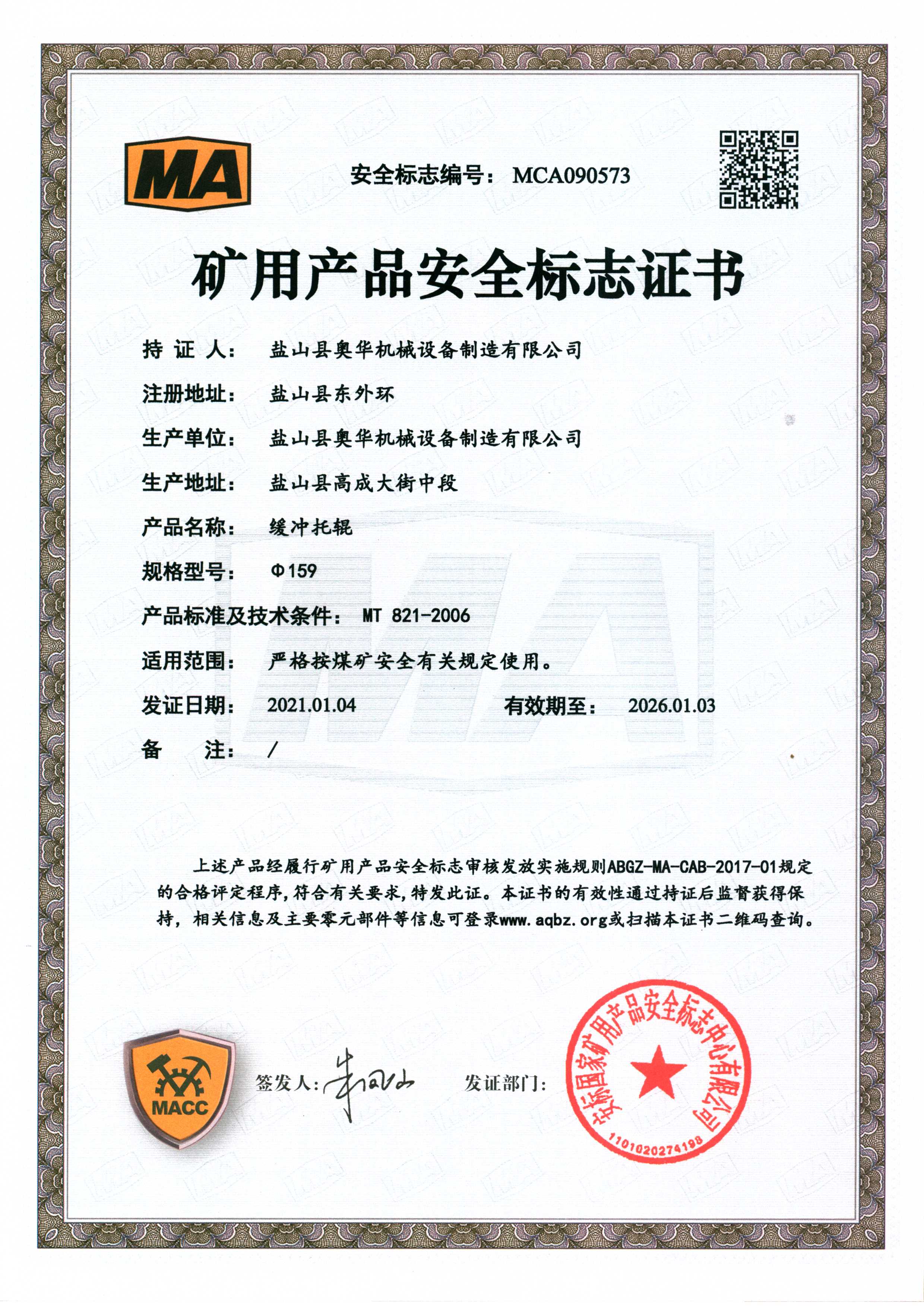 Afrikaans
Afrikaans  Albanian
Albanian  Amharic
Amharic  Arabic
Arabic  Armenian
Armenian  Azerbaijani
Azerbaijani  Basque
Basque  Belarusian
Belarusian  Bengali
Bengali  Bosnian
Bosnian  Bulgarian
Bulgarian  Catalan
Catalan  Cebuano
Cebuano  Corsican
Corsican  Croatian
Croatian  Czech
Czech  Danish
Danish  Dutch
Dutch  English
English  Esperanto
Esperanto  Estonian
Estonian  Finnish
Finnish  French
French  Frisian
Frisian  Galician
Galician  Georgian
Georgian  German
German  Greek
Greek  Gujarati
Gujarati  Haitian Creole
Haitian Creole  hausa
hausa  hawaiian
hawaiian  Hebrew
Hebrew  Hindi
Hindi  Miao
Miao  Hungarian
Hungarian  Icelandic
Icelandic  igbo
igbo  Indonesian
Indonesian  irish
irish  Italian
Italian  Japanese
Japanese  Javanese
Javanese  Kannada
Kannada  kazakh
kazakh  Khmer
Khmer  Rwandese
Rwandese  Korean
Korean  Kurdish
Kurdish  Kyrgyz
Kyrgyz  Lao
Lao  Latin
Latin  Latvian
Latvian  Lithuanian
Lithuanian  Luxembourgish
Luxembourgish  Macedonian
Macedonian  Malgashi
Malgashi  Malay
Malay  Malayalam
Malayalam  Maltese
Maltese  Maori
Maori  Marathi
Marathi  Mongolian
Mongolian  Myanmar
Myanmar  Nepali
Nepali  Norwegian
Norwegian  Norwegian
Norwegian  Occitan
Occitan  Pashto
Pashto  Persian
Persian  Polish
Polish  Portuguese
Portuguese  Punjabi
Punjabi  Romanian
Romanian  Russian
Russian  Samoan
Samoan  Scottish Gaelic
Scottish Gaelic  Serbian
Serbian  Sesotho
Sesotho  Shona
Shona  Sindhi
Sindhi  Sinhala
Sinhala  Slovak
Slovak  Slovenian
Slovenian  Somali
Somali  Spanish
Spanish  Sundanese
Sundanese  Swahili
Swahili  Swedish
Swedish  Tagalog
Tagalog  Tajik
Tajik  Tamil
Tamil  Tatar
Tatar  Telugu
Telugu  Thai
Thai  Turkish
Turkish  Turkmen
Turkmen  Ukrainian
Ukrainian  Urdu
Urdu  Uighur
Uighur  Uzbek
Uzbek  Vietnamese
Vietnamese  Welsh
Welsh  Bantu
Bantu  Yiddish
Yiddish  Yoruba
Yoruba  Zulu
Zulu Exploring the Dynamics of Lagged Head Pulley Systems in Mechanical Engineering
The Importance of Lagged Head Pulleys in Modern Industry
In the realm of mechanical engineering and conveyor systems, the head pulley plays a crucial role in the effective transport of materials. Among various types of pulleys, the lagged head pulley stands out as a significant innovation that enhances performance and efficiency. This article explores the features, benefits, and applications of lagged head pulleys, emphasizing their importance in modern industrial operations.
A lagged head pulley is essentially a cylindrical device attached to the head section of a conveyor system. It is typically covered with a layer of lagging material, which is often made from rubber or other resilient materials. This lagging serves several vital functions it provides a high-friction surface that enhances the grip between the pulley and the conveyor belt, reduces slippage, and prolongs the lifespan of both the pulley and the belt.
One of the primary advantages of using lagged head pulleys is their ability to improve the efficiency of material handling processes
. In various industries, such as mining, bulk material handling, and manufacturing, conveyors are continuously subjected to heavy loads and demanding conditions. The lagging on head pulleys increases the contact area with the belt, facilitating better traction. This improved grip is essential in applications where inclined or steep conveyor systems are required, as it enables the transport of materials uphill without the risk of slippage.lagged head pulley

Furthermore, lagged head pulleys contribute to reducing wear and tear on the conveyor system. The rubber or other lagging materials act as a cushion, absorbing shock and vibrations that occur during operation. This protective layer minimizes the impact force exerted on both the belt and the pulley, which can significantly decrease maintenance needs and prolong the operational lifespan of the equipment. Consequently, industries can achieve higher uptime and reduced maintenance costs.
In terms of applications, lagged head pulleys can be found in a wide variety of sectors. In the mining industry, they are essential for transporting ores and aggregates from extraction points to processing facilities. In manufacturing, they help move raw materials through assembly lines. Additionally, in bulk material handling operations, they facilitate the transfer of products such as grain, coal, and limestone. The versatility and reliability of lagged head pulleys make them indispensable components in these critical processes.
Moreover, technological advancements have led to innovations in lagging materials and designs, improving their performance further. Manufacturers are now developing lagging options with enhanced durability, weather resistance, and even anti-abrasive properties, which cater to the specific needs of different industries.
In conclusion, lagged head pulleys play an essential role in enhancing the efficiency, reliability, and longevity of conveyor systems. Their ability to provide optimal grip, reduce wear, and accommodate various industrial applications makes them an invaluable asset in modern industry. As technology continues to evolve, the significance of lagged head pulleys will undoubtedly grow, leading to even more innovative solutions for material handling challenges.
-
Revolutionizing Conveyor Reliability with Advanced Rubber Lagging PulleysNewsJul.22,2025
-
Powering Precision and Durability with Expert Manufacturers of Conveyor ComponentsNewsJul.22,2025
-
Optimizing Conveyor Systems with Advanced Conveyor AccessoriesNewsJul.22,2025
-
Maximize Conveyor Efficiency with Quality Conveyor Idler PulleysNewsJul.22,2025
-
Future-Proof Your Conveyor System with High-Performance Polyurethane RollerNewsJul.22,2025
-
Driving Efficiency Forward with Quality Idlers and RollersNewsJul.22,2025





























